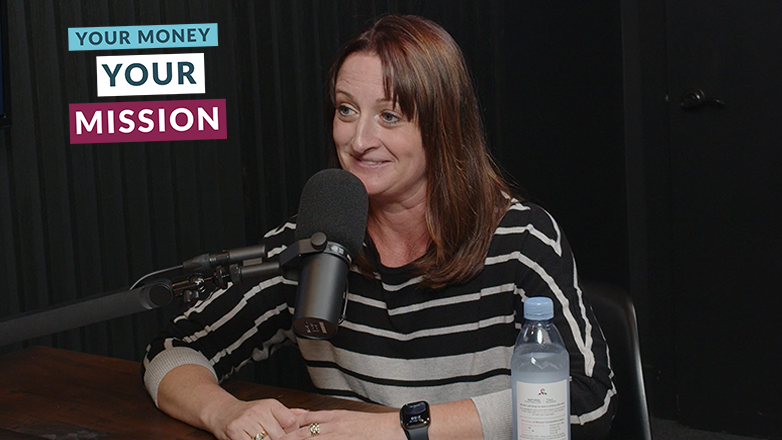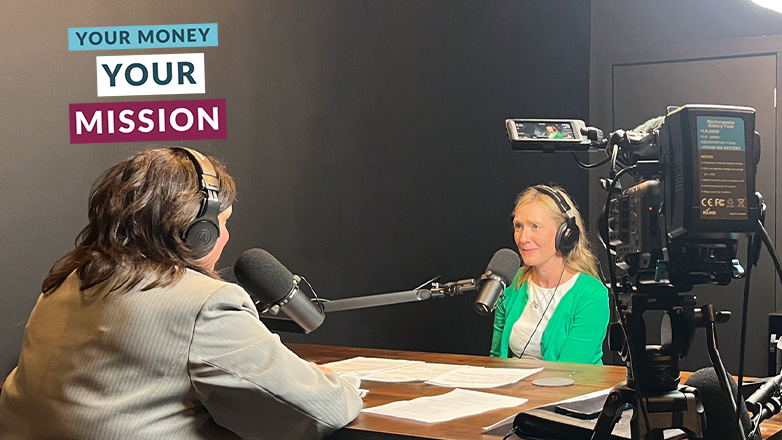Young Professional Resource Hub
Unlock valuable knowledge on essential financial topics such as HSA, 401k, investing and achieving financial independence.

Let us help you find the right resources
Helpful Articles

-
 YOUR FINANCIAL LIFE
YOUR FINANCIAL LIFE -
 YOUR FINANCIAL LIFE
YOUR FINANCIAL LIFEWhat Is a Retirement Plan? A Beginner’s Guide to Saving for Your Future
-
 YOUR MONEY. YOUR MISSION. PODCAST
YOUR MONEY. YOUR MISSION. PODCASTMoney Moves: Smart Financial Strategies for Early Career Success

Your Money. Your Mission. Podcast
Conversations to help you maximize your wealth by turning complex financial situations into actionable advice.
VIEW EPISODES about your money your mission podcast episodesSubscribe to Our Wealth Insights
We deliver unbiased guidance that's not in our best interest – it's in yours. Subscribe and receive our investment commentary straight to your inbox.
Let's find your perfect match
Tell us a bit about your needs, and we'll match you with an advisor.
Please provide a valid zip code.
Step 1 of 2
Step 2 of 2


Mary Margaret Pintarro
Senior Relationship Banker